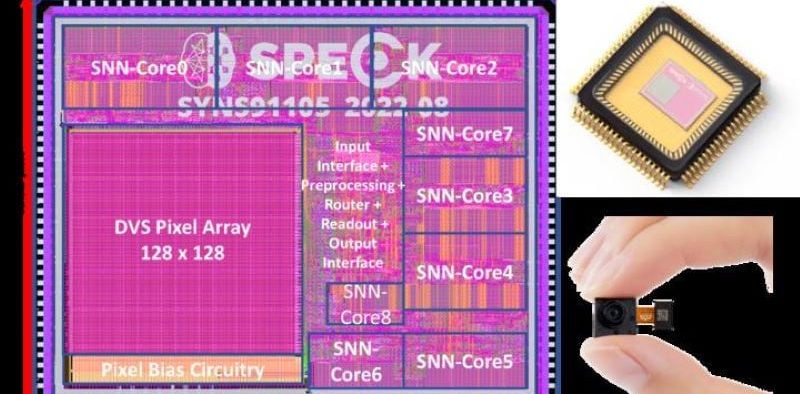Swiss and Chinese scientists create an energy-efficient chip that resembles a brain

A group of scientists from China and Switzerland has worked together to create a neuromorphic chip that simulates the neurons and synapses found in the human brain, while also being energy-efficient.
Even though the human brain can process very complex and large neural networks, it uses only 20 watts of power overall, which is much less than what AI systems use today. Consequently, neuromorphic, or brain-like, computing presents a promising avenue for machine intelligence that saves energy.
This asynchronous chip, called “Speck,” was created by researchers from the Chinese Academy of Sciences’ Institute of Automation and SynSense AG Corporation in Switzerland. Its remarkable 0.42 milliwatt resting power consumption means that it uses almost no energy when there is no input.
The scientists have developed an attention-based framework that mimics the “dynamic imbalance” feature of the brain’s spiking neural networks, wherein the brain frequently gives greater attention to significant external stimuli.
According to a recent study published in the journal Nature Communications, the framework is capable of meeting the algorithmic demands of dynamic computing, achieving a real-time power as low as 0.70 milliwatts.
According to Li Guoqi, one of the study’s corresponding authors, “this work offers artificial intelligence applications a brain-inspired intelligent solution characterized by exceptional energy efficiency, minimal latency, and reduced power consumption.”

I am a dedicated student currently in my seventh semester, pursuing a degree in International Relations. Alongside my academic pursuits, I am actively engaged in the professional field as a content writer at the Rangeinn website.







